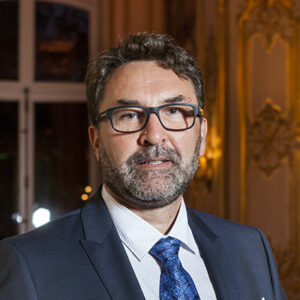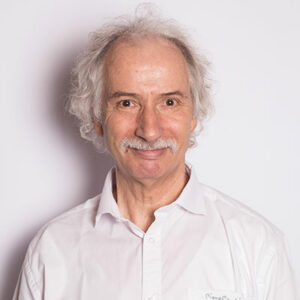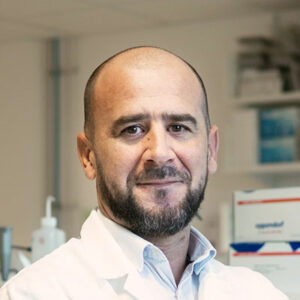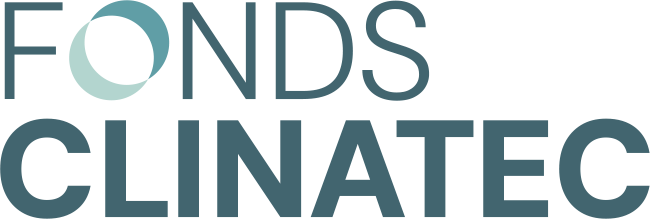Accueil / Our research / New therapeutic approaches
New therapeutic approaches
What if light and cold could be used to treat disease?
At Clinatec, our research focuses on new therapeutic approaches. Scientists and engineers from the Clinatec endowment fund, the CEA, and Université Grenoble Alpes and clinicians from Grenoble University Medical center are working together to develop physics-based therapies where drug therapies have proven to be ineffective.
When Clinatec was founded, its research was limited to neurological disorders. Today, Clinatec and its partners are developing treatments in other areas, too. Our hope is to one day make these treatments available to patients suffering from a wide range of pathologies.

Protecting brain cells with light
Photobiomodulation (PBM) therapy involves the application of infrared light to the areas of the brain associated with Parkinson’s disease. By targeting the cells responsible for the disease as closely as possible, PBM could slow cell degradation and, hopefully, relieve patients’ symptoms. The neuroprotective effect of infrared light has already been demonstrated in preclinical studies.
“Parkinson's disease, Alzheimer's disease, macular degeneration... Light has a major impact on neurodegenerative diseases, helping patients to maintain and improve their quality of life.”

Halting the symptoms of disease with electricity
In deep brain stimulation (DBS), an electric current is applied to the subthalamic nucleus, a very specific area of the brain. The technique has been demonstrated to significantly reduce motor symptoms in people with Parkinson’s disease.
A true innovation in treatment, DBS was developed and tested by a research team in Grenoble led by neurosurgeon Alim-Louis Benabid and neurologist Pierre Pollak. Some 200,000 patients around the world have benefited from this treatment over the past 30 years.
DBS brings patients with Parkinson’s an average of fifteen additional years of independence and quality of life.

“Used routinely to treat Parkinson’s, DBS is now being evaluated at Clinatec as a potential solution for sleep disorders, OCD, and certain types of epilepsy.”

“I got my diagnosis eighteen years ago. I was only 42. If I hadn’t done DBS treatment, I probably wouldn’t even be able to take care of myself by now. Instead, I am able to go on 150-kilometer bike rides. It isn’t that uncommon for people to get the disease in the prime of their careers. It can be hard to keep working when you have to take a bunch of pills every two hours. DBS turned out to be the right choice for me.”


Better prevention with cold
Thermobiomodulation (TBM) can be used to stop epileptic seizures before the onset of symptoms. Research has already shown the beneficial and reversible effects of localized cooling in the treatment of drug-resistant epilepsy.
“Our next step is to integrate the cooling function into a complete system that would also record brain activity and detect—or, even better, predict—the onset of a seizure.”

“This therapeutic approach could result in a major advance—one that could give patients their independence back. We're very proud of our research and are already thinking about new use cases.”

